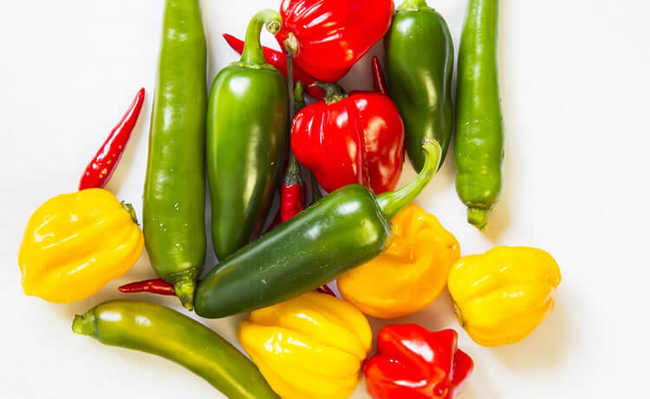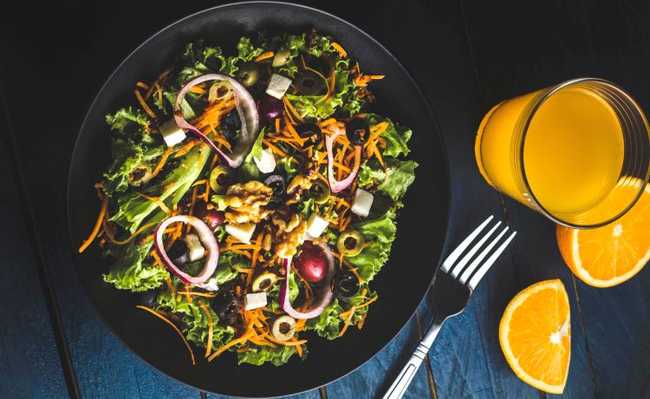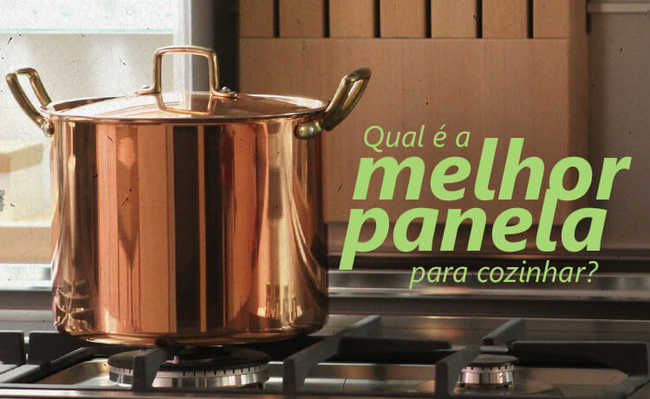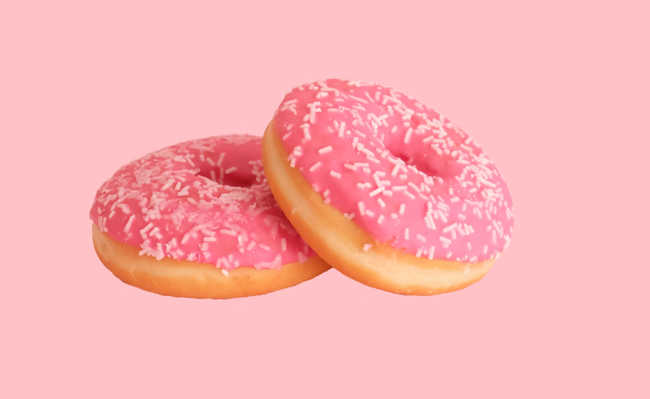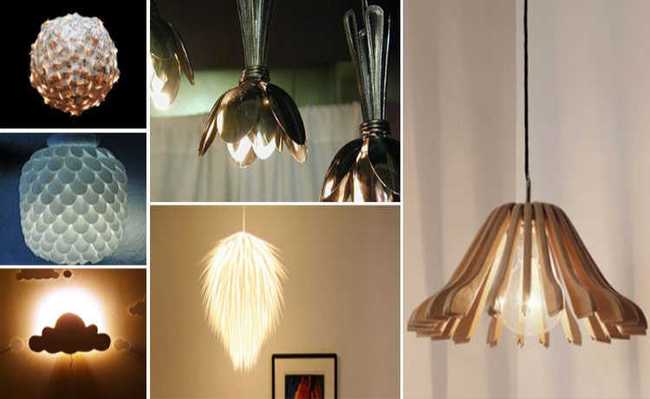Salmon: an unhealthy meat
Most of the salmon consumed in the world is contaminated with substances harmful to human health

Edited and resized image by Colin Czerwinski, is available on Unsplash
Salmon is considered a nutritious and tasty meat, considered by many experts as healthy, which has caused its consumption to increase considerably in recent decades around the world. In recent years, however, reports point to a possibility that white meat is not all that healthy. Does this mean that salmon is bad for your health?
- What You Need to Know About Cross Contamination
In some situations, it can cause harm to human health due to toxic substances present in the waters in which the animal breeds - and that end up contaminating the salmon's meat. Among them, PCBs stand out, which are very common pollutants in seawater and which are even more concentrated in captive salmon.
What are PCBs?
Polychlorinated biphenyls, known as PCBs polychlorinated biphenyls), are mixtures of up to 209 chlorinated compounds. There are no natural sources of PCBs. As they are practically non-combustible and have high stability and resistance, they have been used for various purposes such as dielectric fluids in transformers and condensers, in cutting oils, hydraulic lubricants, paints, adhesives and so on.
Among the damages to human health, the most common is chloracne: a painful scaling that disfigures the skin and resembles acne. PCBs also cause liver damage, eye problems, abdominal pain, changes in reproductive functions, fatigue and headaches, in addition to being potential carcinogens. The creation of hormonal drugs that involve PCBs in their production can also cause hormonal disruption, as in the case of xenoestrogens in women.
Due to the great impact on health, the United States banned the production of PCBs in 1979. In Brazil, there are no records of the production of PCBs, and the entire product is normally imported. An inter-ministerial ordinance of January 1981 prohibits manufacturing and marketing throughout the national territory, however, it allows the installed equipment to continue in operation until its full replacement or exchange of the dielectric fluid for a product free of PCBs. The main routes of contamination by PCBs in the environment are:
- Accident or loss in handling PCBs and/or fluids containing PCBs;
- Vaporization of components contaminated with PCBs;
- Leaks in transformers, capacitors or heat exchangers;
- Leakage of hydraulic fluids containing PCBs;
- Irregular storage of waste containing PCBs or contaminated waste;
- Smoke from the incineration of products containing PCBs;
- Industrial effluents and/or sewage discharged into rivers and lakes.
Due to their great chemical stability and the wide dissemination of products containing PCBs, it is common to find them in the environment due to the discharge of these substances by human activities that contaminate the soil. The contamination reaches the groundwater that ends up in lakes, rivers and oceans, harming fish and other aquatic living beings. PCBs are also persistent organic pollutants (POPs), which are characterized by being highly toxic, as they remain in the environment for a long time. time and because they are bioaccumulative and biomagnified.
Farmed salmon vs wild salmon
Salmon aquaculture is considered the most environmentally harmful production system. Salmon farming normally uses the practice of anchored cages, which come into direct contact with sea water, allowing chemical components, diseases, vaccines, antibiotics and pesticides used in maintaining the health of the salmon to be released and allowed to enter into contact with marine life.
About 80% of all salmon on the market comes from aquaculture. With the contamination of PCBs in the water, both farmed and wild salmon are exposed to these substances, however, due to fatty food based on fish meal and oil, the accumulation is greater in farmed animals. A study published in the journal science demonstrated that farmed fish have between five and ten times more concentration of PCBs in their bodies when compared to wild fish. The study carried out by Indiana University analyzed fillets from 700 farmed salmon and wild salmon from eight of the largest producing regions and purchased from stores in various cities across Europe and North America. When feeding on these contaminated fish, these chemical substances accumulate in the human body through the bioaccumulation process and can cause serious damage to human health.
Another important difference between the two types of salmon is the amount of omega 3 - wild fish, due to the fact that they have a diet based on small fish and invertebrates, have a greater amount of this substance when compared to aquaculture (which have higher amounts of other fats such as omega 6).
Recommendations
To decrease PCB contamination from aquaculture salmon meat, you can cut the skin and visible fat from the fish, as the PCBs are stored in the fat. Also try to prepare salmon in ways that significantly reduce the amount of fat in the meat, such as grilling salmon. Despite being considered a very nutritious and tasty meat, bodies such as the United States Environmental Protection Agency (EPA) do not recommend eating salmon more than twice a week due to various types of contaminants present in the fish (if it is salmon from of aquaculture, this number increases to once a month). Compared to aquaculture, wild salmon has lower levels of PCBs and better nutrients, however, its price can cost almost twice as much, in addition to being more difficult to find this product on the market. Consuming canned salmon is also a good tip - this is because, for the most part, it is of wild origin (apparently, aquaculture salmon does not keep well when canned).



